Home>Storage & Organization>Kitchen Organizing Tools>How To Set Up A Cat Litter Box
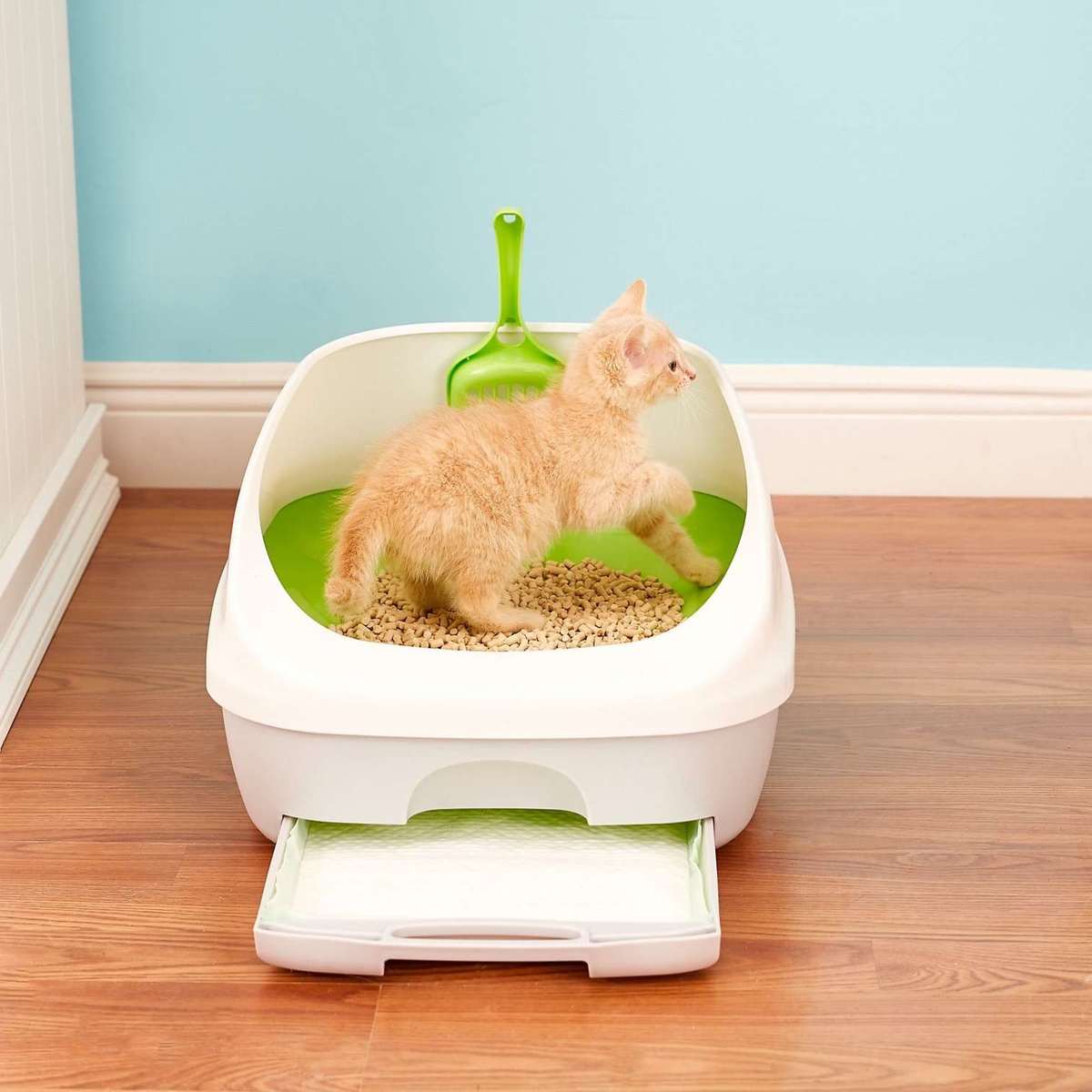

Kitchen Organizing Tools
How To Set Up A Cat Litter Box
Modified: February 25, 2024
Learn how to set up a cat litter box with the best kitchen organizing tools. Discover tips and tricks for a clean and efficient litter area.
(Many of the links in this article redirect to a specific reviewed product. Your purchase of these products through affiliate links helps to generate commission for Storables.com, at no extra cost. Learn more)
Choosing the Right Location
Selecting the perfect location for your cat's litter box is crucial for ensuring their comfort and promoting consistent use. Cats are known for their discerning nature, and providing an optimal environment for their litter box can make a significant difference in their overall well-being. Here's how to choose the right location for your feline friend's litter box:
-
Accessibility: The first consideration when choosing a location for the litter box is accessibility. Cats appreciate privacy, but they also need easy access to their litter box. Ensure that the chosen location is easily accessible for your cat, especially if they are older or have mobility issues.
-
Quiet and Low-Traffic Area: Cats prefer a quiet and low-traffic area for their litter box. Select a spot away from noisy appliances, high-traffic areas, and loud household activities. This will help your cat feel secure and at ease while using the litter box.
-
Multiple Exits: Cats are territorial animals and prefer having multiple exits from their litter box area. This allows them to escape easily if they feel threatened or cornered. If possible, choose a location that provides multiple escape routes for your cat.
-
Separate from Feeding Area: Cats have an instinctual aversion to eliminating waste near their feeding area. To prevent any potential aversion to the litter box, keep it separate from your cat's feeding and drinking area.
-
Well-Ventilated Space: Proper ventilation is essential to prevent odors from accumulating around the litter box area. Choose a well-ventilated space to ensure that odors are effectively dispersed, creating a more pleasant environment for both you and your cat.
-
Avoid High-Stress Areas: Cats are sensitive to their environment, and high-stress areas can deter them from using the litter box. Avoid placing the litter box near areas where your cat may experience stress, such as near the washing machine, noisy appliances, or areas frequented by other pets.
By carefully considering these factors, you can select an ideal location for your cat's litter box, promoting their comfort and encouraging consistent use. Remember, cats appreciate a sense of privacy and security when it comes to their litter box, so choosing the right location is essential for their well-being and overall happiness.
Key Takeaways:
- Choose a quiet, accessible, and well-ventilated spot for your cat’s litter box to promote comfort and consistent use. Keep it separate from feeding areas and away from high-stress zones.
- Select a litter box that suits your cat’s size, entry preference, and litter containment needs. Regular cleaning and gradual litter transitions are essential for a positive litter box experience.
Read more: What Is A Cat Litter Box
Selecting the Right Litter Box
Choosing the right litter box for your feline companion is a crucial decision that can significantly impact their comfort and overall litter box experience. With a wide array of options available, it's important to consider your cat's preferences and specific needs when selecting the perfect litter box. Here's a detailed guide to help you make an informed decision:
Size and Space
When selecting a litter box, consider the size and space available in your home. The litter box should be spacious enough to accommodate your cat comfortably, allowing them to move around and assume their preferred posture while eliminating waste. Additionally, if you have multiple cats, it's essential to provide enough litter boxes to prevent territorial issues and ensure that each cat has access to a clean and private elimination area.
Entry and Accessibility
The entry point of the litter box is another critical factor to consider. Cats, especially senior or arthritic ones, may have difficulty accessing litter boxes with high entry points. Opt for a litter box with a low entry or consider purchasing a ramp to facilitate easy access for cats with mobility challenges. Additionally, some cats prefer covered litter boxes for added privacy, while others may feel confined in enclosed spaces. Understanding your cat's preferences will help you choose the most suitable option.
Litter Containment
Litter containment is essential for maintaining a clean and tidy environment. Look for litter boxes with high sides or a covered design to prevent litter scatter and minimize tracking throughout your home. This is particularly important if your cat tends to be enthusiastic with their digging and covering behavior.
Read more: How To Travel With A Cat Litter Box
Material and Durability
The material and durability of the litter box are important considerations for long-term use. Opt for a sturdy and easy-to-clean litter box that can withstand regular cleaning and sanitization. Plastic litter boxes are popular due to their lightweight nature and ease of maintenance, while some owners prefer stainless steel or ceramic options for their durability and aesthetic appeal.
Automatic or Self-Cleaning Options
For busy pet owners, automatic or self-cleaning litter boxes can offer convenience and time-saving benefits. These innovative litter boxes utilize sensors or timers to remove waste automatically, reducing the frequency of manual scooping and maintenance. However, it's important to introduce your cat to the new litter box gradually to ensure they feel comfortable with the automated cleaning process.
By considering these factors and understanding your cat's unique preferences, you can select the right litter box that promotes their comfort, hygiene, and overall well-being. Remember, the ideal litter box is one that aligns with your cat's needs and enhances their litter box experience, ultimately contributing to a harmonious and stress-free environment for both you and your feline companion.
Choosing the Right Type of Litter
Selecting the right type of litter is a crucial decision that directly impacts your cat's comfort, hygiene, and overall litter box experience. With a myriad of options available, understanding the characteristics of different litter types can help you make an informed choice that aligns with your cat's preferences and specific needs.
Clumping vs. Non-Clumping Litter
One of the primary considerations when choosing litter is deciding between clumping and non-clumping varieties. Clumping litter forms solid clumps when it comes into contact with moisture, making it easier to scoop out waste and maintain a clean litter box. This type of litter is particularly convenient for pet owners, as it allows for efficient waste removal without replacing the entire litter bed. On the other hand, non-clumping litter absorbs moisture without forming solid clumps, requiring more frequent complete litter changes.
Read more: How To Make A Litter Box For Cats
Material Composition
Litter is available in various material compositions, including clay, silica gel crystals, natural fibers, and recycled paper. Clay litter is a popular choice due to its affordability and effective odor control properties. Silica gel crystals offer superior moisture absorption and odor control, making them an excellent option for busy pet owners seeking low-maintenance litter. Natural fiber and recycled paper litters are eco-friendly alternatives that provide excellent absorbency and are biodegradable, making them a sustainable choice for environmentally conscious cat owners.
Odor Control and Dust
Effective odor control is a crucial factor when selecting litter, as it contributes to a fresh and pleasant environment for both you and your cat. Many litters are formulated with odor-neutralizing properties to minimize unpleasant smells, providing a more hygienic and inviting litter box area. Additionally, considering dust levels is important, especially for cats with respiratory sensitivities or for households with young children. Low-dust litters help maintain air quality and reduce potential respiratory irritants.
Cat Preferences
Understanding your cat's preferences and behaviors can guide your choice of litter. Some cats may have specific texture preferences, while others may be sensitive to scented litters. It's essential to observe your cat's reaction to different litter types and make adjustments based on their comfort and acceptance. Introducing new litter gradually and observing your cat's response can help you determine the most suitable option for their individual preferences.
By carefully considering these factors and understanding your cat's unique needs, you can select the right type of litter that promotes their comfort, hygiene, and overall well-being. Remember, the ideal litter is one that aligns with your cat's preferences and contributes to a harmonious and stress-free litter box experience.
Setting Up the Litter Box
Setting up the litter box is a crucial step in creating a comfortable and inviting elimination area for your feline companion. By paying attention to the details and ensuring a thoughtful setup, you can promote your cat's well-being and encourage consistent litter box use. Here's a comprehensive guide to setting up the litter box:
Read more: How To Attract Cat To A Litter Box
Proper Placement
Carefully select the ideal location for the litter box based on your cat's preferences and the considerations outlined earlier. Once you've chosen the perfect spot, place the litter box in a quiet, low-traffic area that offers your cat a sense of privacy and security. Ensure that the location is easily accessible and well-ventilated to maintain a fresh environment.
Litter Filling and Depth
When filling the litter box, aim for a depth of approximately 2-3 inches of litter. This depth allows for adequate coverage and absorption while preventing waste from reaching the bottom of the box. Avoid overfilling the litter box, as this can lead to unnecessary litter spillage and make it challenging for your cat to find a suitable elimination spot.
Regular Cleaning and Maintenance
Establish a regular cleaning routine to keep the litter box clean and inviting for your cat. Scoop out waste and clumps at least once a day, and consider a complete litter change on a weekly basis. Maintaining a clean litter box not only promotes your cat's comfort but also helps prevent odors and minimizes the risk of litter box aversion.
Multiple Litter Boxes
If you have multiple cats, it's essential to provide an adequate number of litter boxes to prevent territorial issues and promote harmony. Place the litter boxes in different locations throughout your home, ensuring that each cat has easy access to a private elimination area. This approach can reduce competition and stress, ultimately encouraging consistent litter box use.
Read more: How Big Should A Litter Box Be For A Cat
Introducing New Litter
When introducing a new type of litter, make the transition gradual to allow your cat to acclimate to the change. Start by mixing small amounts of the new litter with the existing one, gradually increasing the proportion over time. This gradual transition can help prevent any potential aversion and allow your cat to adjust comfortably to the new litter.
By following these guidelines and paying attention to the details, you can set up the litter box in a manner that promotes your cat's comfort, hygiene, and overall well-being. Remember, a well-maintained and thoughtfully arranged litter box contributes to a harmonious environment and encourages positive litter box habits for your feline companion.
Maintaining the Litter Box
Maintaining a clean and hygienic litter box is essential for promoting your cat's well-being and ensuring a positive litter box experience. By establishing a consistent maintenance routine and paying attention to the cleanliness of the litter box, you can create a comfortable and inviting elimination area for your feline companion.
Scooping and Waste Removal
Regular scooping and waste removal are fundamental aspects of litter box maintenance. Aim to scoop out solid waste and clumps from the litter box at least once a day, preferably more frequently for multi-cat households. This routine not only prevents the accumulation of waste but also helps maintain a fresh and hygienic environment for your cat. By promptly removing waste, you reduce the risk of odor buildup and minimize the likelihood of your cat seeking alternative elimination spots.
Complete Litter Changes
In addition to daily scooping, periodic complete litter changes are necessary to ensure optimal cleanliness. Plan for a complete litter change at least once a week, or more frequently based on your cat's usage and the type of litter used. When performing a complete litter change, thoroughly clean the litter box with mild, unscented soap and hot water, ensuring that all residues and odors are eliminated. Allow the litter box to dry completely before refilling it with fresh litter. This process helps maintain a sanitary environment and prevents the accumulation of bacteria and odors.
Read more: How To Retrain A Cat To Use A Litter Box
Odor Control and Sanitization
Effective odor control is crucial for creating a pleasant and hygienic litter box area. Consider using odor-neutralizing litter or adding baking soda to the litter to help minimize unpleasant odors. Additionally, periodic sanitization of the litter box is essential to prevent bacterial growth and maintain a clean environment. Regularly disinfect the litter box with a pet-safe disinfectant to ensure that it remains free from harmful pathogens and odors.
Monitoring and Observing
Closely monitor your cat's litter box habits and behavior to identify any potential issues or changes in their elimination patterns. Sudden aversion to the litter box or changes in urination or defecation frequency can indicate underlying health concerns or litter box aversion. By promptly addressing any changes and seeking veterinary attention if necessary, you can ensure that your cat's litter box experience remains positive and comfortable.
Multiple Litter Boxes
For multi-cat households, providing an adequate number of litter boxes is essential for preventing territorial issues and promoting harmony. Ensure that each cat has access to their own litter box and consider placing them in different locations to accommodate individual preferences. By minimizing competition and ensuring privacy, you can encourage consistent litter box use and reduce the likelihood of litter box-related stress.
By prioritizing regular maintenance and cleanliness, you can create a welcoming and hygienic environment for your cat's litter box needs. Remember, a well-maintained litter box not only promotes your cat's comfort but also contributes to a harmonious and stress-free living environment for both you and your feline companion.
Frequently Asked Questions about How To Set Up A Cat Litter Box
Was this page helpful?
At Storables.com, we guarantee accurate and reliable information. Our content, validated by Expert Board Contributors, is crafted following stringent Editorial Policies. We're committed to providing you with well-researched, expert-backed insights for all your informational needs.
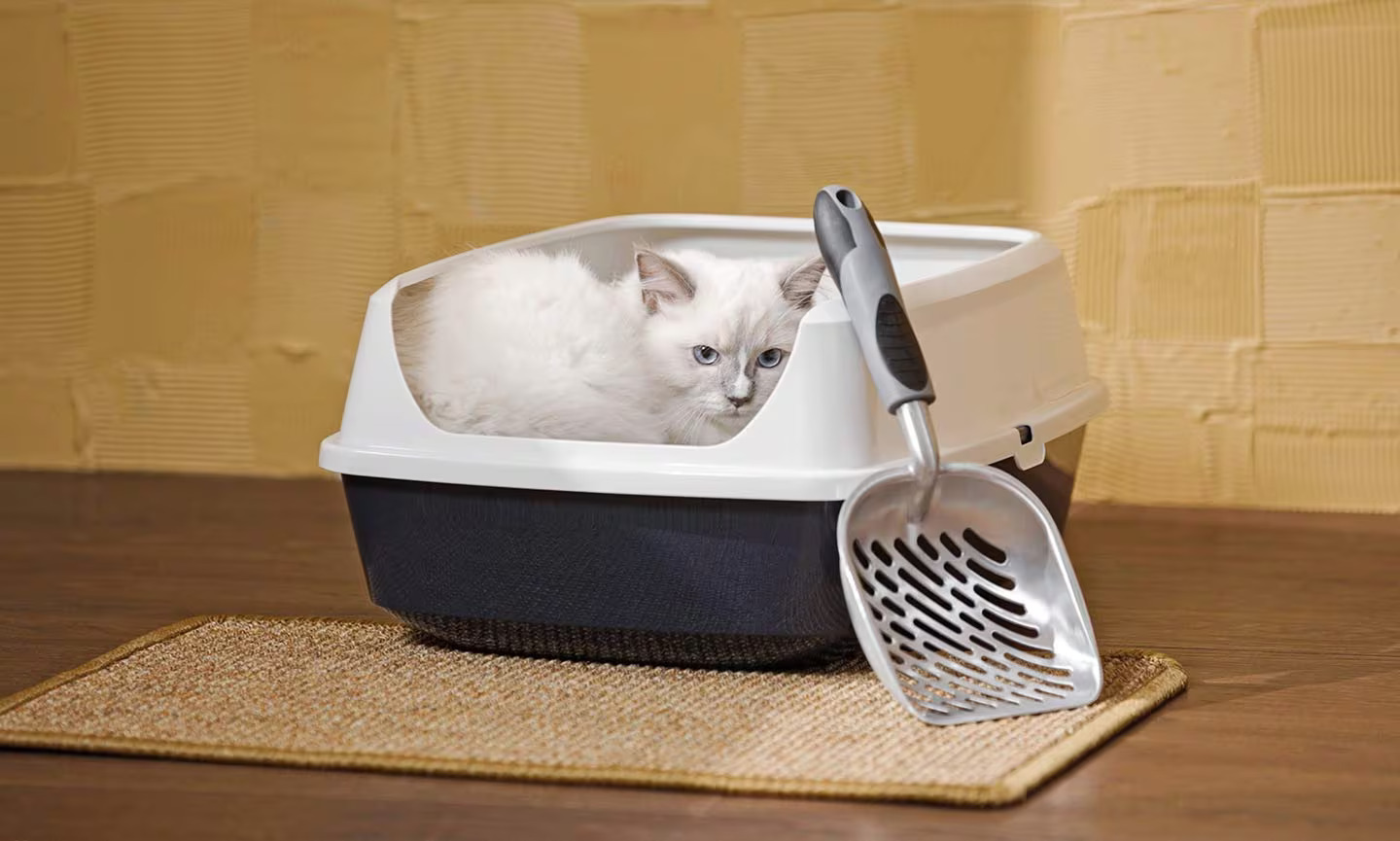
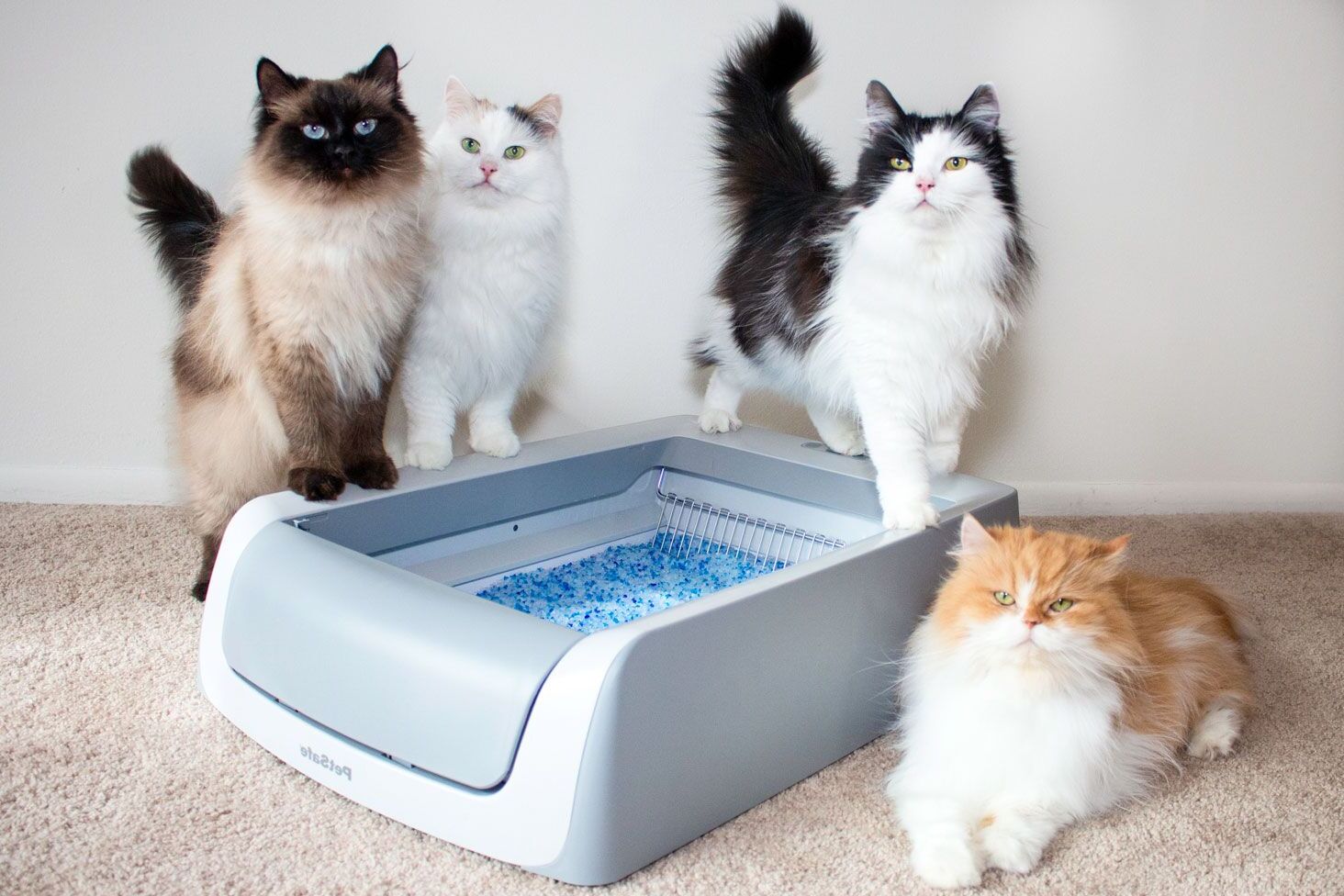
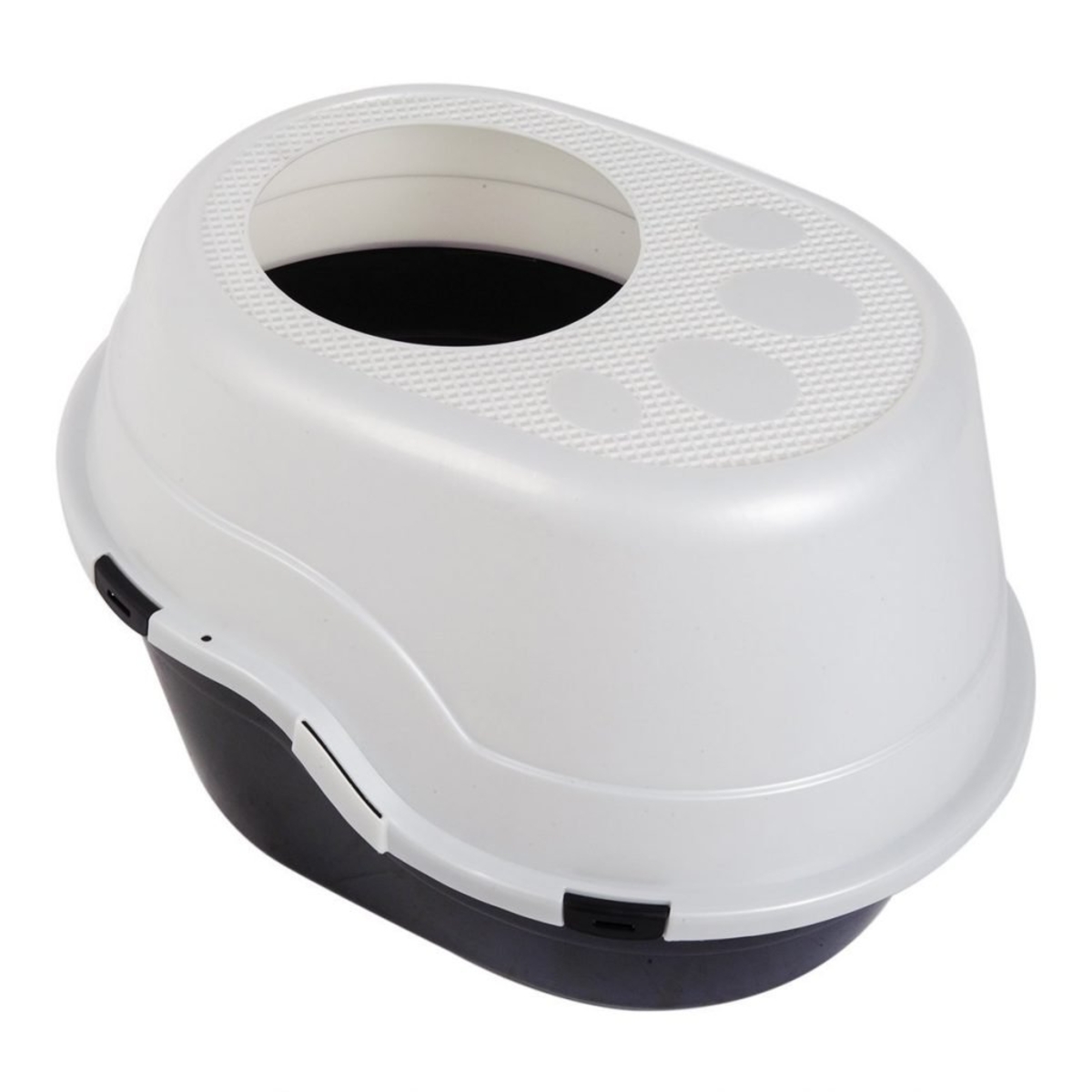
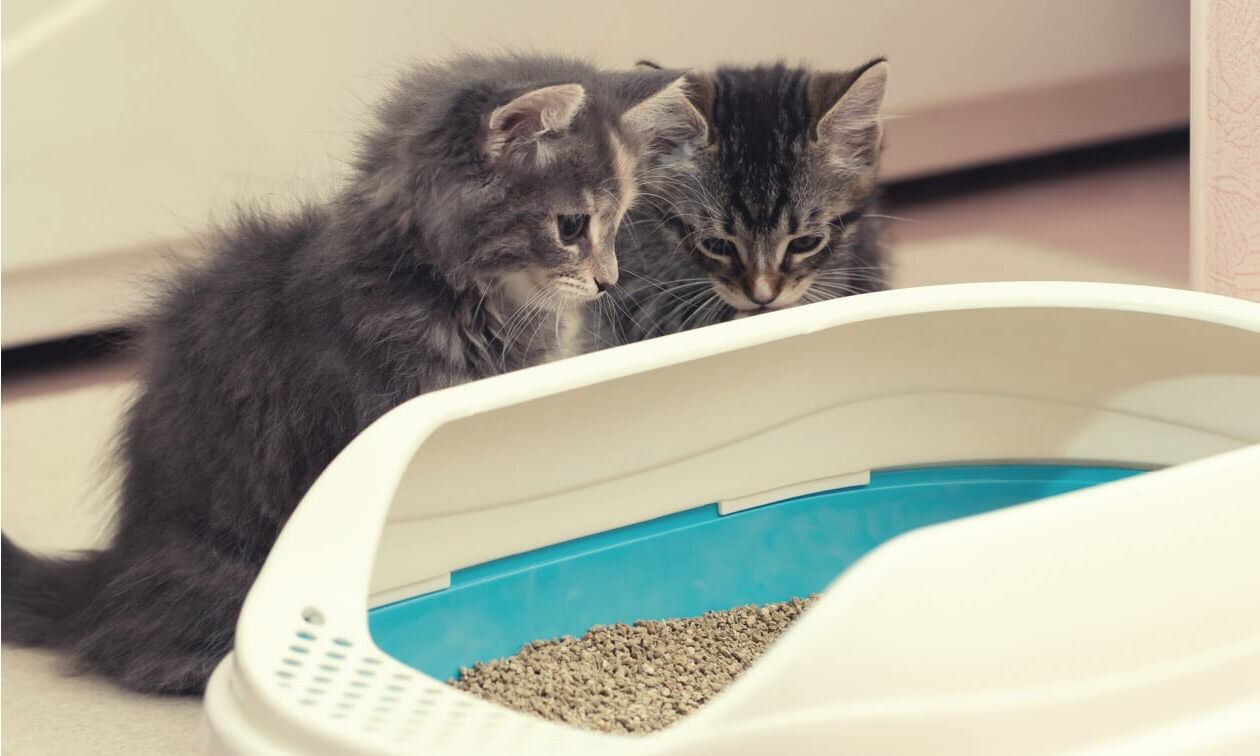
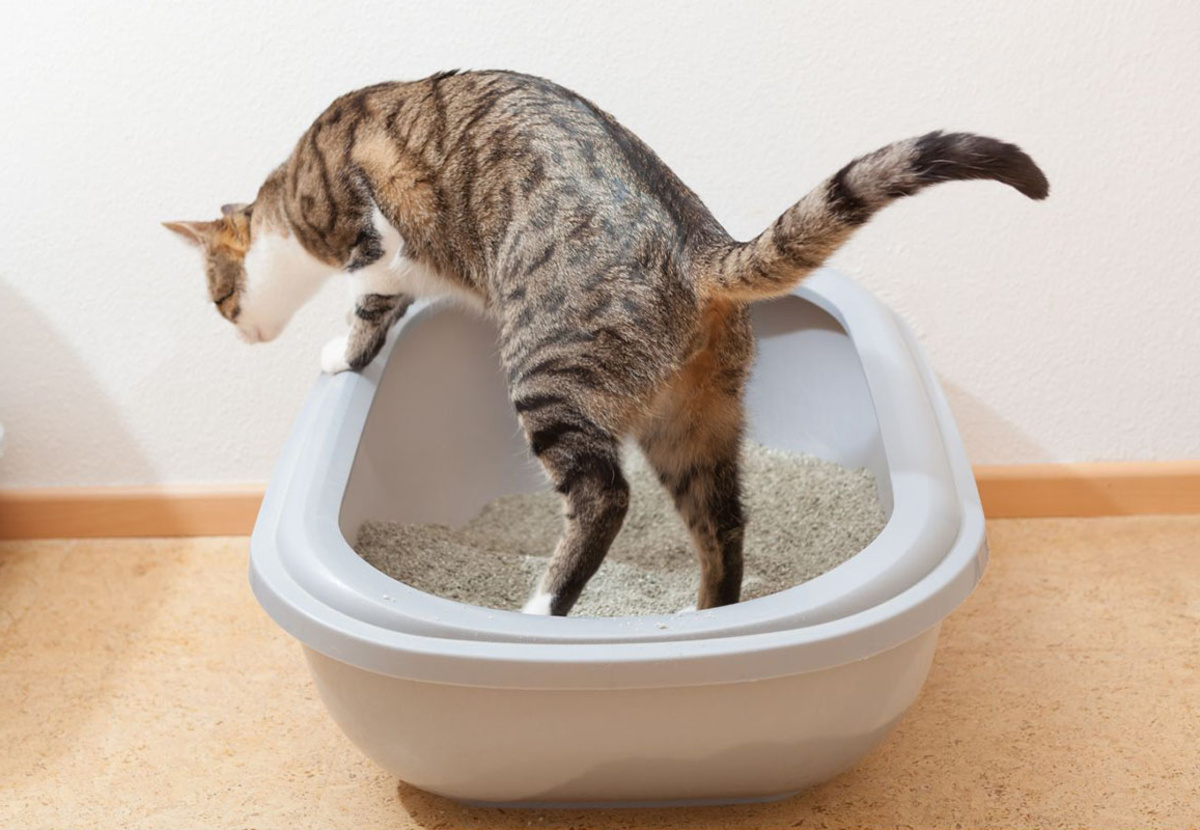
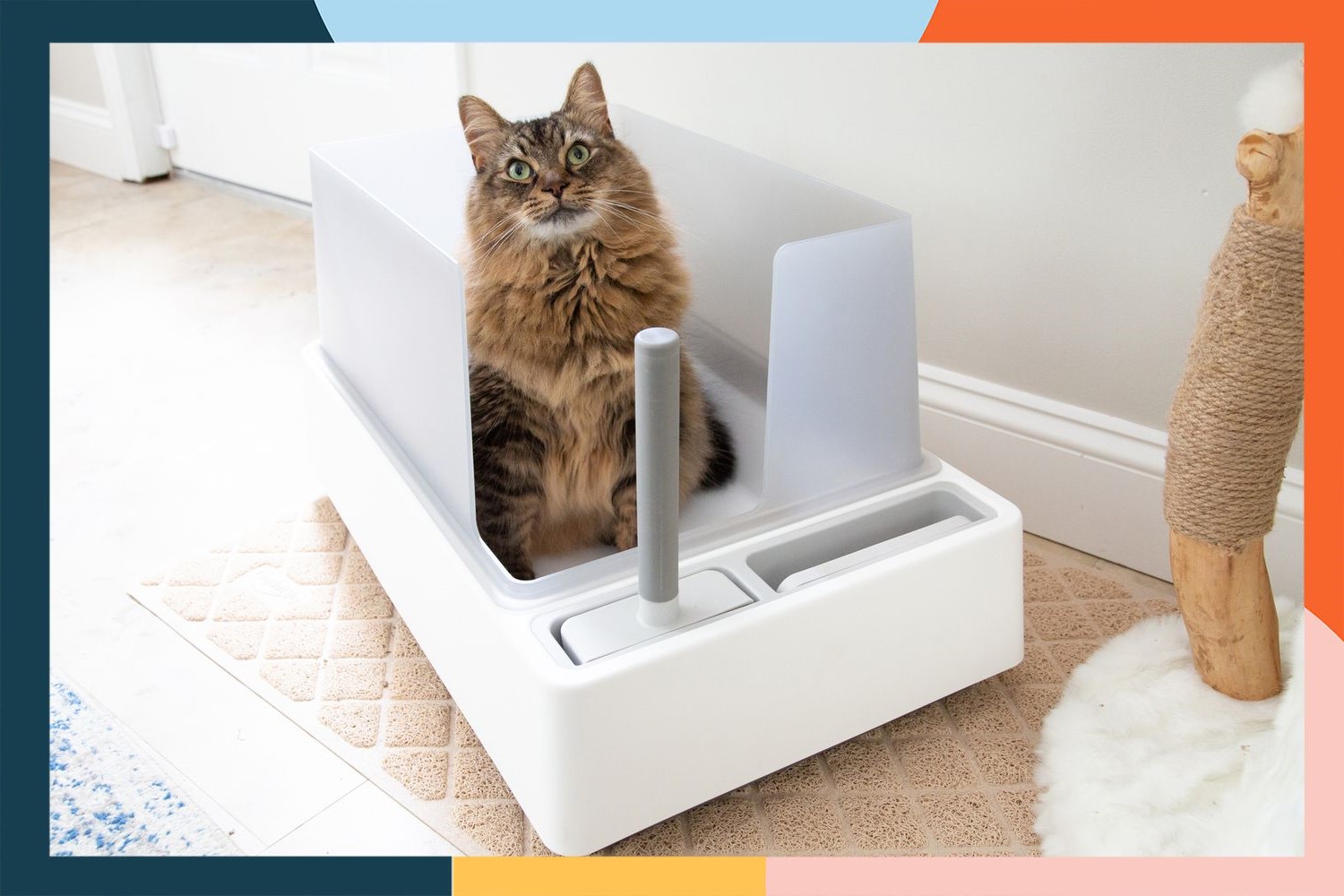
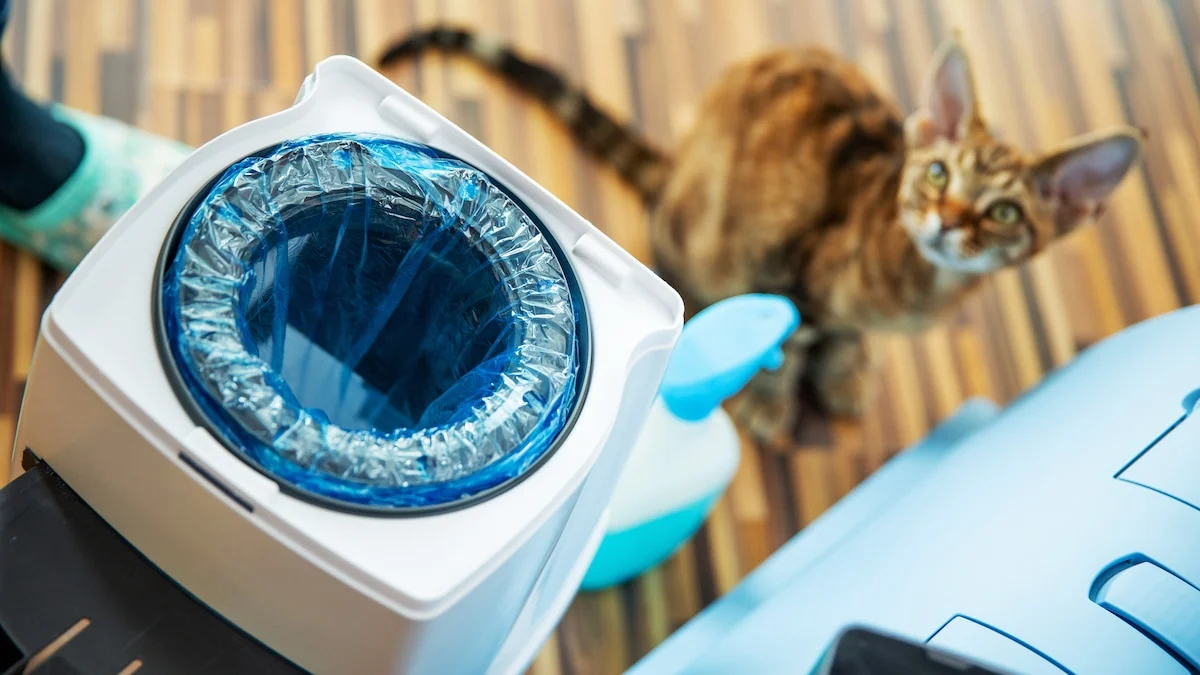
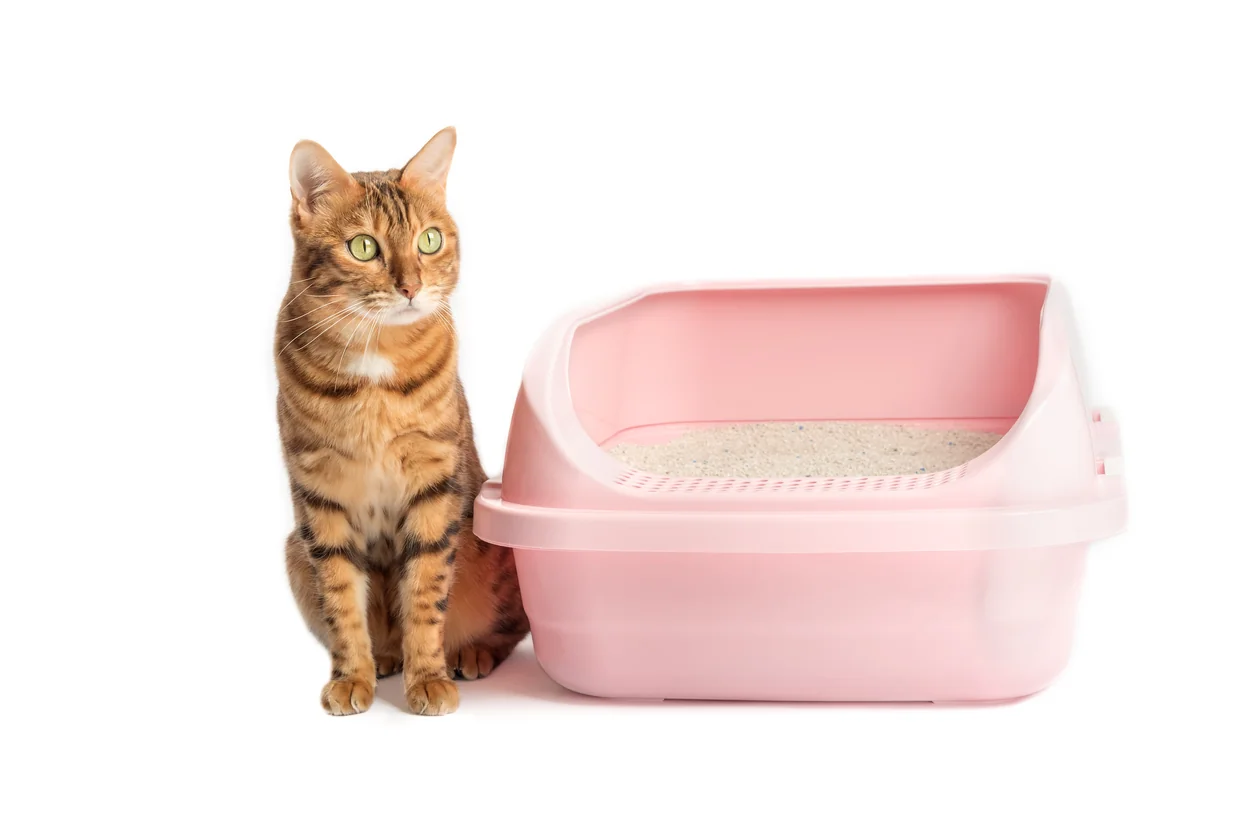
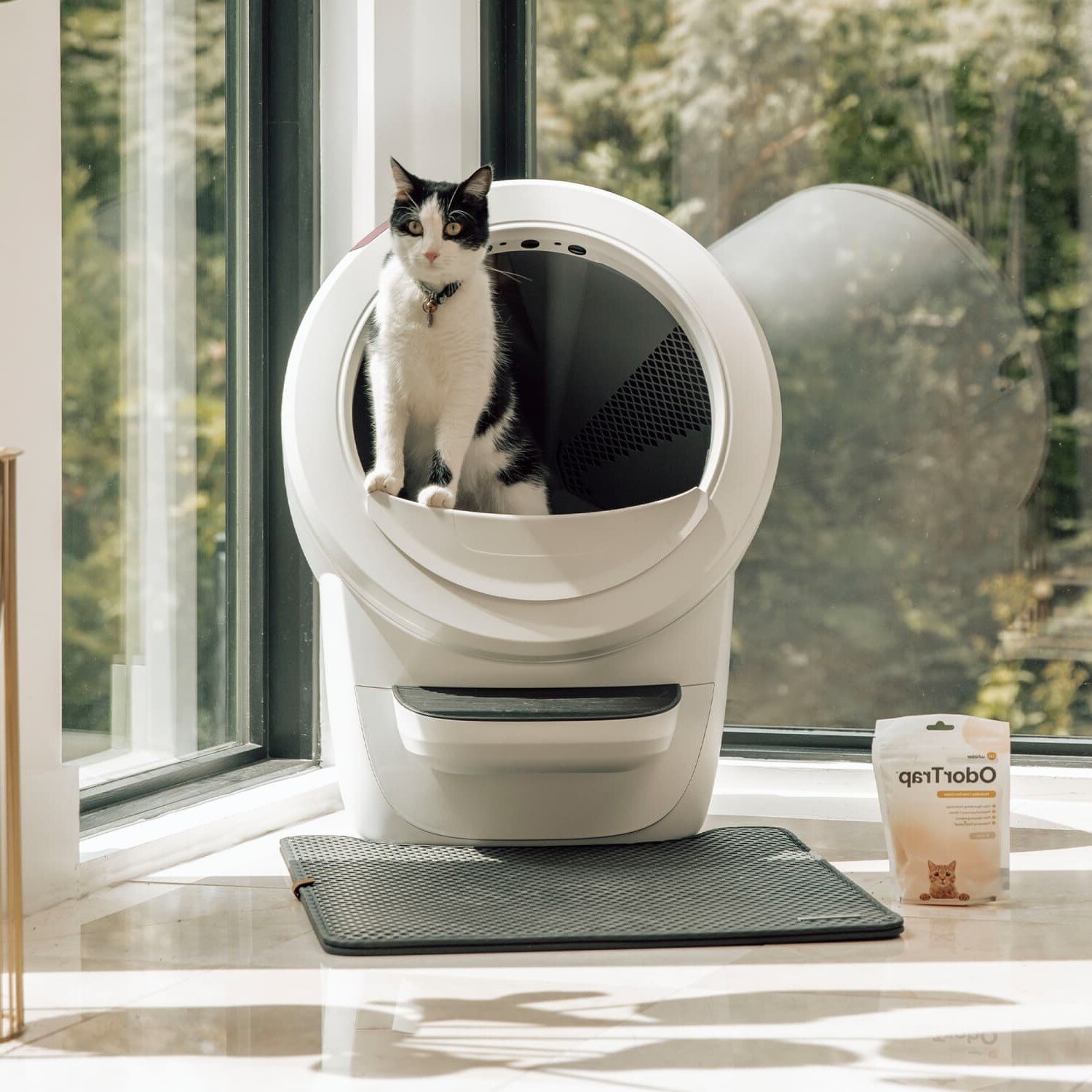
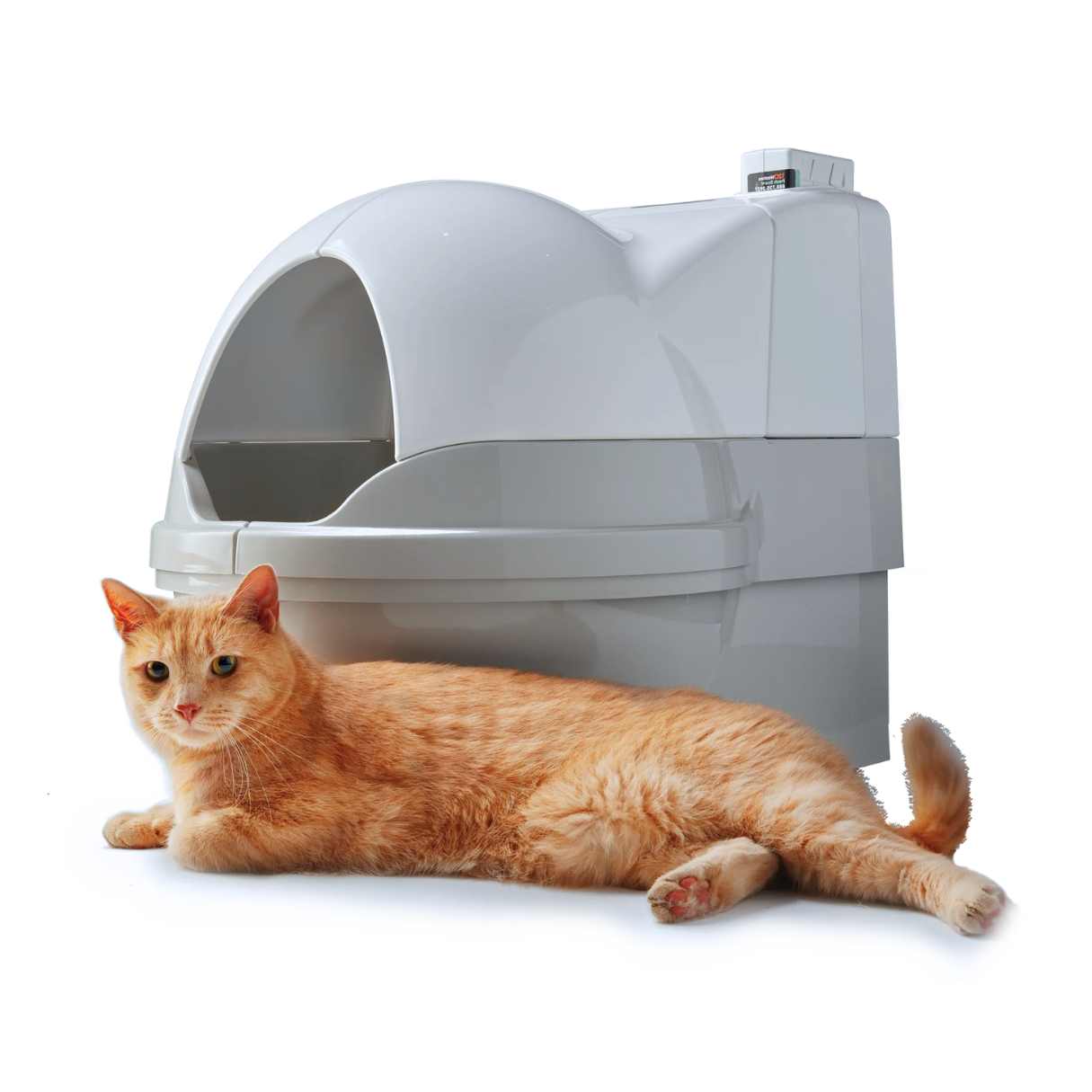

0 thoughts on “How To Set Up A Cat Litter Box”